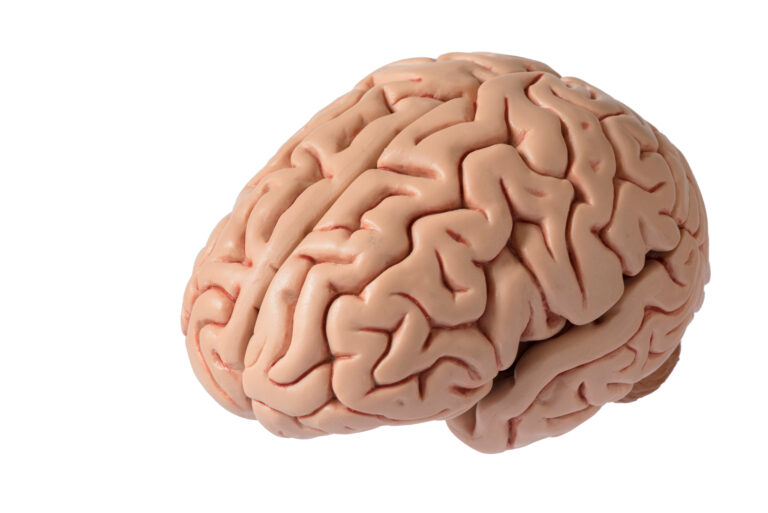**Understanding Alzheimer’s: Integrative Approaches to Uncovering Its Pathogenesis**
Alzheimer’s disease is a complex condition that affects millions of people worldwide. It is a progressive disorder that causes memory loss and cognitive decline, and it is the most common form of dementia in older adults. Despite significant research, the exact mechanisms behind Alzheimer’s remain unclear. However, recent studies have shown that integrating different fields of research, such as genomics and neurobiology, can provide a deeper understanding of the disease.
### The Role of Genomics
Genomics involves the study of genes and their functions. In the context of Alzheimer’s, researchers have been using genetic data to identify risk factors and understand how genetic variations contribute to the disease. One innovative approach is called Mendelian Randomization (MR). This method uses genetic data to infer the causal effects of risk factors on diseases. For instance, a recent study used MR to identify age-group-specific risk factors for Alzheimer’s disease. The study found that immune and inflammatory processes play a significant role in the oldest-old population, suggesting that reduced chronic inflammation might be a key factor in this age group[3].
### Neurobiology: The Brain’s Role
Neurobiology focuses on the structure and function of the brain. Alzheimer’s disease is characterized by changes in brain structure and function, including the buildup of amyloid beta plaques and tau tangles. These changes disrupt normal brain function, leading to cognitive decline. Functional imaging studies have shown that large-scale neural networks in the brain are affected, with disruptions in the default mode network and compensatory recruitment of brain areas to sustain cognitive function[1].
### Integrative Approaches
Integrating genomics and neurobiology provides a comprehensive understanding of Alzheimer’s pathogenesis. For example, researchers have been exploring the role of T cells in the brain. T cells are part of the immune system, and their responses can affect neuroinflammation and the development of Alzheimer’s. A recent symposium discussed the characterization of antigen-specific immune responses, T cell receptor repertoire, and microbial etiology in Alzheimer’s disease. This research highlights the importance of immune dynamics in neurodegenerative diseases and offers potential therapeutic approaches[2].
### Emerging Therapeutic Targets
Understanding the complex biology of Alzheimer’s is crucial for developing effective treatments. Recent studies have identified several emerging therapeutic targets, including the use of artificial intelligence (AI) in drug discovery. AI can help in virtual screening of active compounds targeting therapeutic sites, modeling the interaction of key hypotheses in Alzheimer’s development, and assisting in patient monitoring and diagnosis[5].
### Conclusion
Alzheimer’s disease is a multifactorial condition that requires an integrated approach to understand its pathogenesis. By combining genomics and neurobiology, researchers can identify key risk factors and develop more effective treatments. The ongoing research in this field holds promise for improving clinical outcomes and offers a more profound understanding of Alzheimer’s disease.
In summary, integrating genomics and neurobiology is crucial for uncovering the mechanisms behind Alzheimer’s disease. This approach not only helps in identifying risk factors but also in developing innovative therapeutic strategies to combat this complex condition.





